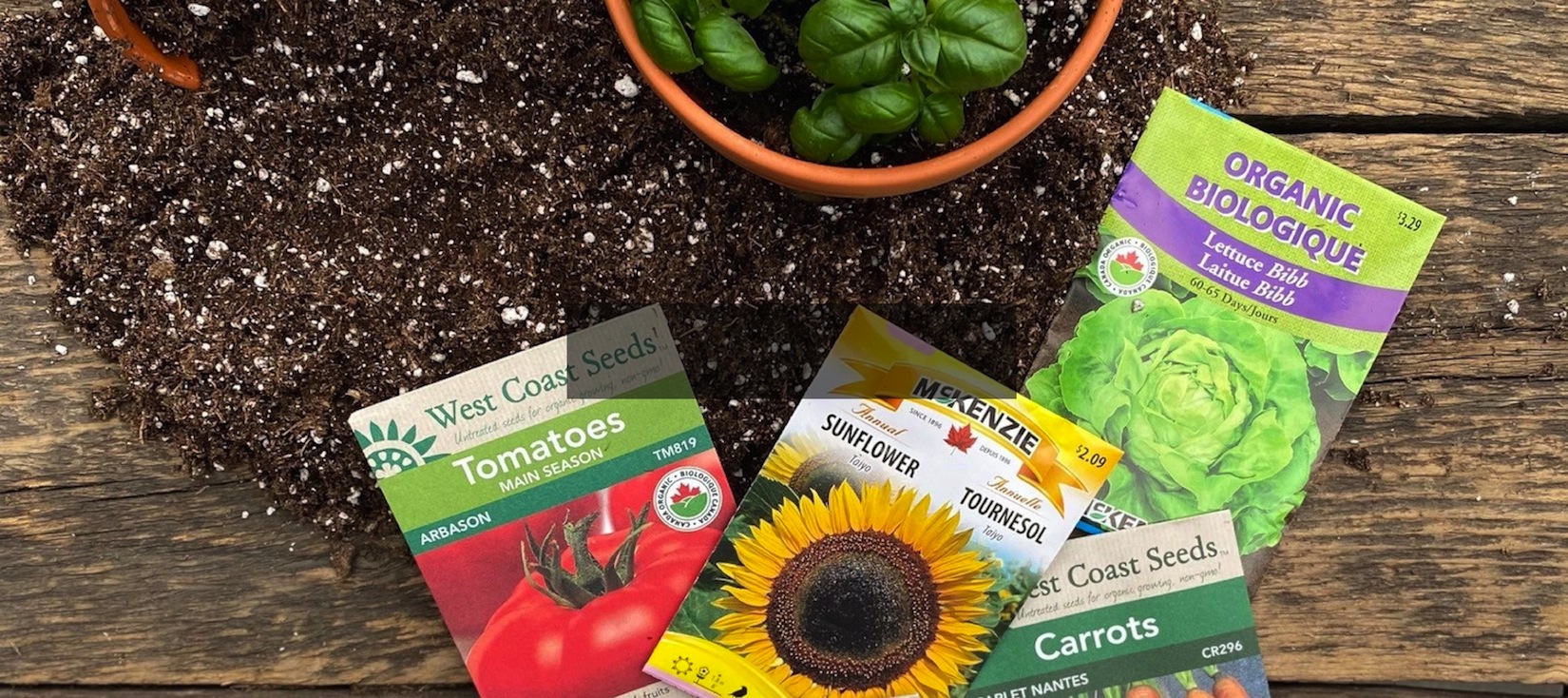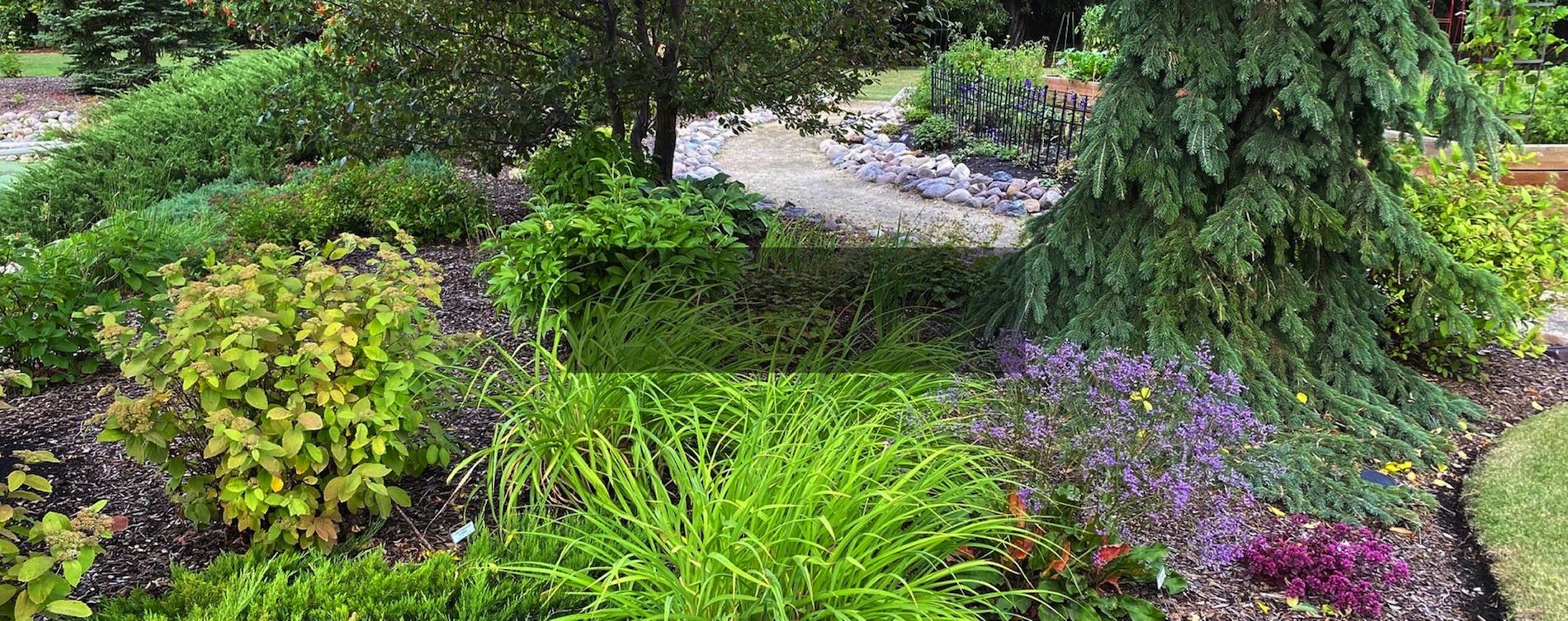Orchids

Light
Different types of orchids can be classified according to their light requirements:
- Low light – north or east window; bright indirect light
- Moderate light – east or west window; partial sun
- High light – south window or sun room; full sun
Provide protection from hot afternoon sun during the summer with a sheer curtain, blind or shade cloth.
Water
- When in doubt, do not water, and never allow a pot to sit in standing water
- Try to water in the morning, and avoid wetting foliage as this can lead to disease
- Specific moisture requirements vary by the type of orchid
Fertilizer
- Fertilizer is necessary while plants are actively growing, typically in spring and summer
- We recommend an orchid fertilizer such as Plant Prod Orchid 25-10-10; follow the package instructions
- To fertilize, first water the plant thoroughly with plain water, then apply enough fertilizer solution to thoroughly wet the potting mix
Humidity
- Orchids grow best with higher humidity of at least 60%, but most will adapt to lower humidity
- In the winter, it is beneficial to run a humidifier if humidity islow
- ‘Humidity trays’ and misting are minimally effective
Repotting
- Orchids require an open, well-drained potting mix that allows for plenty of air around the roots; traditional potting soils are not acceptable
- Repot newly-purchased plants into a suitable orchid potting mix such as Orchiata as soon as blooming is finished
- For most orchids, repotting every 2 years is recommended. Repot for the size of the rootball, not the size of the top growth; the pot should be no more than 1” wider all around than the rootball
- Best time to repot is just as new growth is starting, usually in late winter/early spring
- Clear plastic orchid pots or ceramic orchid pots are recommended
Reblooming
If your orchid fails to rebloom, it is usually due to one or more of the following reasons:
- Lack of seasonal temperature changes; temperatures in winter should be at least 6ºC cooler than in summer
- Lack of day/night temperature fluctuation; nights should be at least 5ºC cooler than days
- Not enough light
- Failure to meet moisture and fertilizer requirements; unhealthy roots and/or poor top growth
Types of Orchids

Cattleya
Magnificent, large, showy, often fragrant flowers. Blooms can appear at any time of year and last 2-5 weeks. High light and good humidity; allow potting mix to almost dry between watering during active growth (spring/summer) and water sparingly while resting (fall/winter). Cool, dry rest period and much light needed for flowering.

Cymbidium
Sprays of gorgeous flowers usually in winter to spring; the most commonly used orchid in floral arrangements. Blooms last 2 months or more; attractive sword-shaped foliage. High light and consistent moisture; grow outdoors in part shade from spring to fall. Cold fall temperatures needed for reblooming.

Dendrobium
(Nobile Hybrids)
Sprays of gorgeous flowers usually in winter to spring; the most commonly used orchid in floral arrangements. Blooms last 2 months or more; attractive sword-shaped foliage. High light and consistent moisture; grow outdoors in part shade from spring to fall. Cold fall temperatures needed for reblooming.

Miltioniopsis
Large, showy, often fragrant, pansy-like flowers often appear twice per year, in spring and fall, lasting well over a month. Low to moderate light and good humidity; protect from hot sun. Keep potting mix moist but not wet; does not like hot temperatures.

Oncidium Intergenerics
Sprays of dainty flowers can appear at any time of year; sometimes fragrant. Moderate to high light; allow potting mix to dry slightly between waterings. Cooler, slightly drier winter conditions and good light aid in flowering.

Paphiopedilum
(Maudiae Hybrids)
Enchanting slipper-shaped flowers can appear at any time of year, lasting 6 weeks or more; low to moderate light; protect from hot sun. Allow potting mix to dry slightly between watering. Cooler night temperatures aid in flowering.

Phalaenopsis
The most popular orchid; arching stems of showy flowers can appear at any time of year, lasting 3 months or more. Low to moderate light; protect from hot sun. Allow potting mix to almost dry between watering. Cooler winter temperatures required for reblooming.





